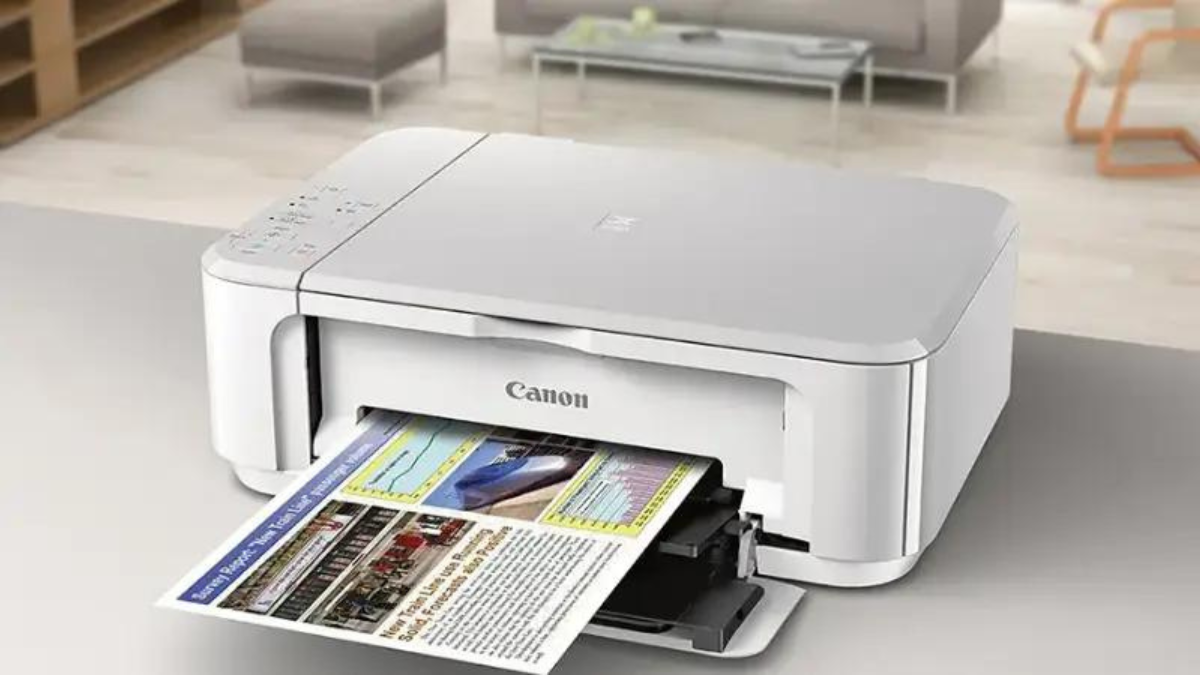Laser printers are valued for their speed, precision, and efficiency, making them essential tools in both home and office environments. To ensure your laser printer consistently delivers high-quality output and enjoys a prolonged lifespan, regular maintenance is crucial. This guide outlines key practices to help you maintain your laser printer effectively.
Understanding Laser Printer Operation
Laser printers operate by projecting a laser beam onto a photoreceptor drum, creating an electrostatic image. Toner particles adhere to this image and are then transferred onto paper. The fuser assembly applies heat and pressure to bond the toner permanently to the paper. Key components include the laser assembly, photoreceptor drum, toner cartridge, fuser unit, and various rollers that guide the paper through the printing process.
Regular Cleaning Practices
Keeping your printer clean prevents dust and debris from affecting print quality and mechanical performance.
- Exterior Cleaning: Wipe the printer’s exterior surfaces with a soft, lint-free cloth to remove dust and smudges.
- Interior Cleaning: Before cleaning the interior, turn off and unplug the printer. Remove the toner cartridge carefully and place it on a clean, dry surface. Use a toner cloth or a soft, dry cloth to gently wipe away any toner dust or debris inside the printer. Avoid using vacuum cleaners, as they can generate static electricity that may damage sensitive components. teksetra.com
- Paper Tray Maintenance: Remove the paper tray and inspect it for dust or debris. Wipe it clean with a soft cloth to prevent particles from entering the printer.
Toner Cartridge Management
Proper handling of toner cartridges ensures consistent print quality and prevents potential damage.
- Monitoring Toner Levels: Pay attention to low-toner warnings to avoid running out unexpectedly.
- Replacing Cartridges: Use cartridges recommended by the printer manufacturer to ensure compatibility and optimal performance. After installation, print a test page to verify proper installation and print quality.
Paper Handling and Tray Maintenance
Correct paper handling reduces the risk of jams and maintains print quality.
- Using Appropriate Paper: Refer to your printer’s manual to determine the recommended paper types and weights. Using inappropriate paper can lead to jams and poor print quality.
- Proper Loading: Adjust the paper guides in the tray to match the size of the paper. Ensure the paper stack is aligned and not overfilled, as overloading can cause feeding issues.
Software and Firmware Updates
Keeping your printer’s software up to date ensures compatibility and access to the latest features.
- Regular Updates: Manufacturers periodically release updates to improve performance and fix bugs. Check the manufacturer’s website or use the printer’s software to look for updates regularly.
- Automatic Updates: Enable automatic updates if available, so your printer’s software stays current without manual intervention.
Diagnostic Tests and Troubleshooting
Regular diagnostics help identify and address potential issues before they escalate.
- Built-in Diagnostics: Many printers come with self-diagnostic tools accessible through the printer’s menu. Regularly run these tests to check for hardware issues.
- Print Quality Tests: If you notice a decline in print quality, perform a print quality test. This can help identify problems with the toner cartridge or other components.
Optimizing Printer Settings
Adjusting printer settings can enhance performance and reduce operational costs.
- Draft Mode Printing: For internal documents, use draft mode to save toner. This setting reduces toner usage while still providing readable output.
- Duplex Printing: Printing on both sides of the paper saves paper and reduces bulk. Check if your printer supports automatic duplexing and enable it in the settings.
- Print Density Adjustment: Lowering the print density can extend the life of your toner cartridge. However, ensure that the print remains clear and legible.
Proper Storage Conditions
Storing your printer in suitable conditions prevents damage and prolongs its lifespan.
- Optimal Environment: Place the printer in a clean, dry area away from direct sunlight and sources of heat or humidity. Extreme conditions can affect printer components and print quality.
- Protective Covering: Use a dust cover to protect the printer from dust and debris when it’s not in operation.
Addressing Common Issues
Being prepared to troubleshoot common problems can minimize downtime.
- Paper Jams: If a paper jam occurs, turn off the printer and gently remove the jammed paper, following the manufacturer’s instructions. Ensure that the paper is loaded correctly and that the paper path is clear of obstructions.
- Print Quality Problems: Issues like streaks or faded prints may indicate a low toner level or a dirty drum. Check the toner cartridge and replace it if necessary. Cleaning the drum or replacing it, as per the manufacturer’s guidelines, can also resolve these issues.
- Connectivity Issues: Ensure all cables are securely connected, and the printer is powered on. Restart both the printer and your computer. Updating or reinstalling printer drivers can also resolve connectivity issues.
Conclusion
Regular maintenance of your laser printer is essential for ensuring optimal performance, extending its lifespan, and producing high-quality prints. By adhering to the practices outlined in this guide—such as regular cleaning, proper toner and paper handling, timely software updates, routine diagnostics, optimized settings, appropriate storage, and prompt troubleshooting—you can keep your printer in excellent condition. A well-maintained printer not only delivers superior results but also operates more efficiently, saving you time and resources in the long run.
